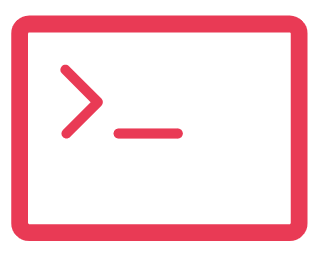1. Audit Your Licenses—Only Pay for What You Need
Licenses often represent the bulk of Salesforce costs, but many companies pay for unused or underutilized licenses.
Action Steps:
- Go to Setup → Company Information → User Licenses to view active licenses.
- Identify inactive users or licenses assigned to roles that don’t need full access.
- Downgrade or reallocate licenses where possible.
Pro Tip: Use Login History Reports to check user activity. If someone hasn’t logged in for months, consider deactivating their license.
2. Remove Unused Apps and Integrations
Salesforce AppExchange offers thousands of apps, but that doesn’t mean you need all of them. Unused or redundant apps not only increase costs but also clutter your system.
Action Steps:
- List all installed apps from Setup → Installed Packages.
- Identify apps that:
- Duplicate existing functionality.
- Aren’t being actively used by your team.
- Uninstall unnecessary apps to reduce costs and simplify your environment.
Pro Tip: Check app subscription fees—some might be quietly draining your budget.
3. Simplify Overcomplicated Workflows
Complex workflows and automation rules may seem like a good idea at first, but they often lead to inefficiencies as your team struggles to navigate them.
Signs of Overcomplication:
- Multiple approvals for simple actions.
- Triggers or flows running unnecessarily on every record update.
- Automation failures clogging error logs.
Action Steps:
- Audit existing workflows, flows, and triggers.
- Remove redundant automation or consolidate them into simpler, more efficient processes.
- Test optimized workflows in a sandbox environment before rolling them out.
Pro Tip: Use Salesforce’s Optimizer tool to identify overly complex automation and simplify your setup.
4. Train Your Team to Use Key Features Effectively
Even the best Salesforce setup is useless if your team doesn’t know how to use it. Many companies pay for powerful features, like automation and reports, that employees never leverage.
Action Steps:
- Identify underutilized features through Usage Reports or the Adoption Dashboard.
- Schedule training sessions or workshops to help users:
- Create reports and dashboards.
- Use automation tools like Flows and Process Builder.
- Understand the benefits of Lightning Experience.
- Encourage feedback from users to uncover hidden pain points.
Pro Tip: Leverage Trailhead—Salesforce’s free, gamified learning platform—for team training.
5. Monitor Usage Metrics to Optimize Spend
The only way to know if your Salesforce setup is working efficiently is to measure its performance. Monitoring usage metrics can reveal areas of waste and highlight opportunities for improvement.
Action Steps:
- Use Salesforce Optimizer to analyze system performance, including:
- Unused fields.
- Inefficient reports.
- Large data sets causing slow load times.
- Regularly review adoption rates, automation logs, and app usage.
- Set up alerts for license renewals or new app installations to prevent overspending.
Pro Tip: Schedule periodic system health checks to stay ahead of inefficiencies.
Bonus Tips: How to Keep Salesforce Lean
- Leverage Automation Wisely: Use automation to reduce manual work but avoid over-engineering.
- Align Features with Business Goals: Regularly reassess whether your Salesforce setup & customization aligns with your evolving business needs.
- Embrace Customization with Caution: Only build custom solutions when standard features can’t do the job.
- Clean Up Your Data: Duplicate or outdated records slow down your system and increase storage costs. Regularly deduplicate and archive data.
The Bottom Line
Your Salesforce setup should be an investment that drives revenue and efficiency, not a black hole for your budget. By auditing licenses, removing unused apps, simplifying workflows, training your team, and monitoring usage metrics, you can turn an overcomplicated Salesforce org into a streamlined, cost-effective powerhouse.
Ready to optimize your Salesforce setup? Start today and watch your CRM go from a cost center to a revenue driver.
Still struggling with inefficiencies in Salesforce? Let us help! Contact us for a free consultation, and we’ll show you how to optimize your CRM for maximum ROI.

